Introduction:
Riding a motorcycle is an exhilarating experience that gives a sense of freedom and adventure. However, the thrill of the open road comes with its own set of risks. Safety must constantly be the pinnacle priority for each rider, and one of the only ways to ensure a safe and enjoyable experience is by investing right gear. Whether you are a pro rider or an amateur hitting the road for the first time, locating the appropriate equipment that fits your budget and riding style is critical. In this last bike equipment manual, we will explore gear options for riders of all levels and choices, emphasizing the significance of not only riding effectively but also looking good even as doing it.
Head Protection – Helmets:
No gear list is complete without the cornerstone of bike safety – the helmet. Protecting your head is non-negotiable, and thankfully, there may be a huge range of helmets available to cater to one-of-a-kind choices and budgets. For those with higher finances, remember to invest in a full-face helmet with advanced safety capabilities consisting of MIPS (Multi-Directional Impact Protection System) or a modular helmet for added versatility. If you are in a tighter price range, worry not – there are lower-priced helmets that meet protection requirements. Remember, finding a helmet that fits nicely and provides adequate protection is key.
Jackets and Riding Suits:
An elegant and defensive jacket is the subsequent vital item on the list. Motorcycle jackets are available in numerous materials, which include leather-based and textile, each supplying a unique mixture of favour, comfort, and protection. Leather jackets provide superb abrasion resistance and a traditional look, while fabric jackets frequently offer higher breathability and flexibility. Riding fits, available as one or two-piece alternatives, offer full-body safety and are perfect for folks who want the most safety on the street.
Gloves and Hand Protection:
Protecting your hands is important, and motorcycle gloves play a vital role in ensuring a steady grip on the handlebars whilst safeguarding against abrasions in case of a fall. Consider gloves with strengthened knuckles and hands for added protection. There are diverse styles available, from brief, ventilated gloves for warm climates to insulated, water-resistant alternatives for colder climates. Finding the proper pair that suits your riding situation will decorate safety and luxury.
Pants and Riding Jeans:
When it involves decreased-body safety, driving pants or jeans designed particularly for motorcycling is an ought to. These pants often feature bolstered regions at the knees, hips, and seat to provide added safety in case of a slide. Riding jeans offer a more informal appearance while still preserving vital protection functions. Choose pants that match nicely and balance safety and comfort properly.
Boots and Footwear:
Protecting your toes and ankles is essential, especially during a crash or effect. Invest in robust, supportive motorcycle boots with strengthened ankles and non-slip soles. High-pleasant boots provide the most fulfilling protection while making sure consolation for the duration of lengthy rides. Consider the weather conditions of your location and choose waterproof or ventilated alternatives.
Accessories and Additional Gear:
Enhance your protection and riding experience with extra accessories. Anti-fog visor inserts, reflective tools, and high-visibility clothing can drastically enhance visibility, specifically during low-mild situations. Motorcycle-precise earplugs can assist in lessening wind noise and save you from listening to damage over the course of long rides. Additionally, remember terrific-fine backpacks or saddlebags for the convenient garage of crucial gadgets.
Advanced Safety Technology:
In addition to traditional gear, riders can now gain from advanced protection technology. Technological innovations in motorbike tools have come a long way, providing riders with additional layers of protection. Consider incorporating wearable airbag structures into your gear setup. These systems, which can be integrated into jackets or vests, install airbags upon detecting a drawing close crash, imparting vital safety to the top body, neck, and spine.
Smart helmets are another exciting development in motorcycle safety tech. Equipped with capabilities like built-in communication structures, heads-up shows, and rearview cameras, those helmets now enhance safety and bring a touch of futuristic flair to your riding experience. While those high-tech alternatives may also come with a better rate tag, they exemplify the industry’s dedication to leveraging innovation for rider safety.
Budget-Friendly Options:
For riders on a budget, there is the right news – affordable equipment that doesn’t compromise safety is conveniently available. Entry-degree helmets from professional brands regularly meet protection standards and provide adequate safety. Look for jackets and pants crafted from long-lasting fabric substances, which offer a terrific balance of protection and price effectiveness. Many finance-pleasant alternatives still feature essential safety elements and armour in key effect areas.
When it involves gloves and boots, value-powerful selections offer strong protection. Seek gloves with strengthened knuckles and hands and boots with ankle guide. Riding jeans with Kevlar or other abrasion-resistant materials is also to be had at a price range, with pleasurable charges, ensuring you can live protected without breaking the bank.
Second-Hand Gear Considerations:
Exploring the second-hand second-hand market is a possible choice for those seeking to save even more money. However, workout warnings and make sure that any used gear meets safety requirements and hasn’t suffered giant wear and tear. Inspect the gear very well, paying close attention to the circumstances of helmets, jackets, gloves, and boots. It’s essential to prioritize safety over savings whilst purchasing second-hand gear.
Riding Style-Specific Gear:
Different varieties of riding demand specific gear. For people who love off-street adventures, specialized dirt bike gear, such as motocross helmets, jerseys, and stale street boots, is critical. Sportbike lovers might also decide upon one-piece leather fits for superior aerodynamics and safety at the tune. Touring riders could prioritize comfort and climate resistance, leaning closer to equipment with improved waterproofing and insulation functions.
Maintaining and Upgrading Your Gear:
Investing in pleasant bike tools is a wise choice, but holding and periodically upgrading your gadget is equally critical. Helmets should be replaced every five to seven years, or quicker if they’ve been concerned in a crash. Inspect your tools often for wear and tear symptoms, listening to stitching, zippers, and any effect-soaking up substances. Replace any damaged tools promptly to ensure continued safety.
Additionally, staying knowledgeable about advancements in protection technology and tool layout allows you to make informed decisions when it’s time for an upgrade. Manufacturers often release new models with improved functions and materials, providing greater protection and comfort. Regularly checking for recollects or protection indicators associated with your tools is critical for staying updated on potential troubles.
Conclusion:
Gear up for safety and ride confidently, understanding you’ve invested in the right equipment for protection and fashion. Whether you’re a commuter, a weekend cruiser, or an adventure seeker, there’s motorbike gear for every finance and riding style. By prioritizing safety and choosing equipment that fits your wishes, you could experience the fun of the open avenue whilst searching top and riding securely. So, put your tools up, hit the street, and enjoy the adventure of being an accountable and stylish motorcyclist!
FAQs
Q: How often should I replace my motorcycle helmet?
A: Helmets must be replaced every five to seven years, even if they aren’t concerned about crashes. Regular inspection for symptoms of wear, harm, or previous protection capabilities is crucial for preserving optimum safety.
Q: Can I purchase second-hand bike gear?
A: You can purchase second-hand motorbike gear, but work caution. Ensure the tools meet protection standards, have not suffered large wear and tear, and fit properly. Prioritize protection over savings while thinking about 2d-hand gear.
Q: What gear is essential for a beginner motorcyclist?
A: Essential gear for novice motorcyclists includes a helmet, jacket, gloves, pants, and boots. These gadgets offer fundamental protection in opposition to capacity accidents in a crash. Consider additional equipment like riding suits for more suitable protection.
Q: Are there budget-friendly options for bike gear?
A: Yes, there are budget-friendly options for bike gear. Entry-degree helmets, textile jackets, gloves, and boots made from long-lasting materials are priced lower. While price-powerful, those options often nevertheless meet protection requirements.
Q: How can I stay current on the latest motorbike safety tendencies?
A: To live up to date with the latest motorbike safety traits, observe reliable motorbike safety organizations, examine enterprise publications, and participate in online boards or groups. Attend motorcycle safety publications and interact with experienced riders to gain precious insights.
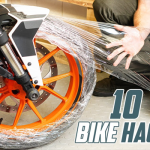
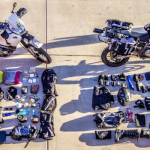
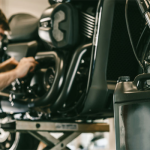
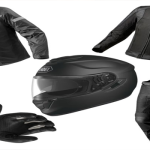
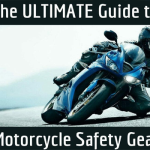
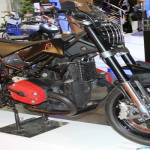



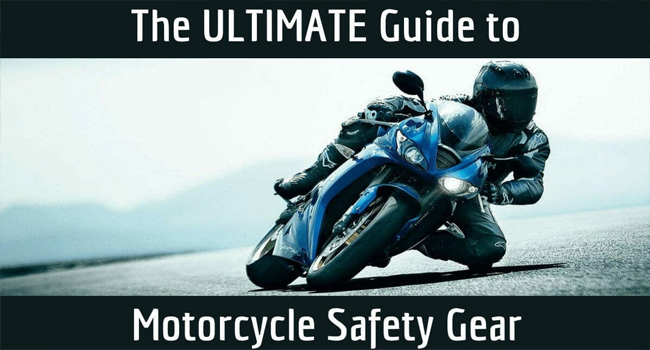
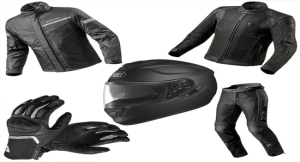
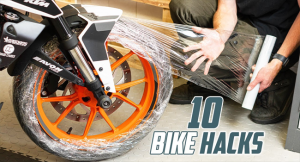
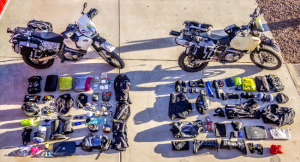
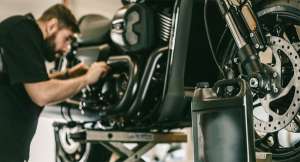
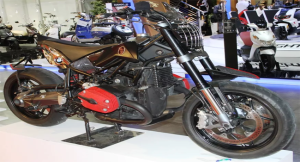
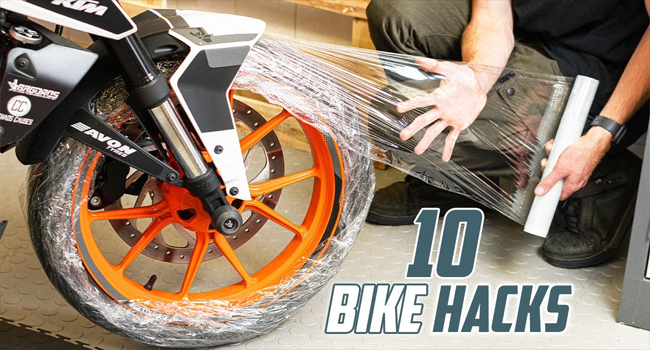
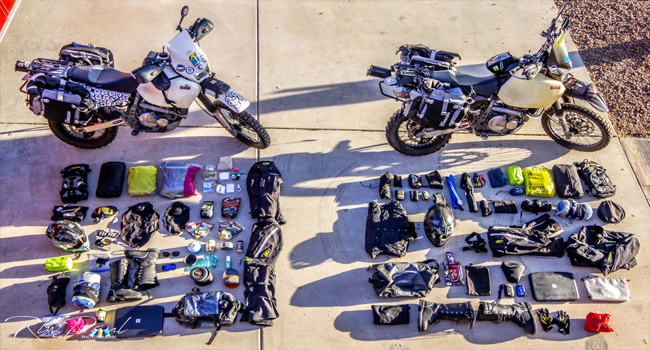
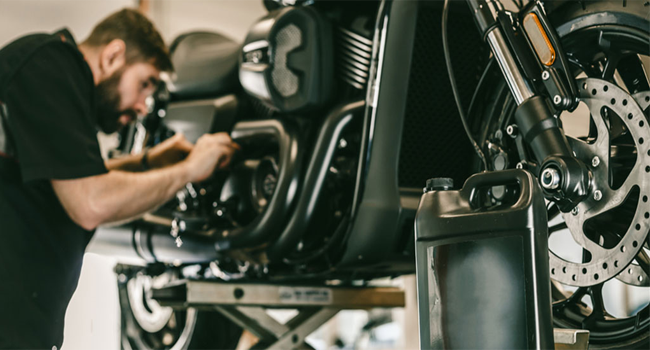
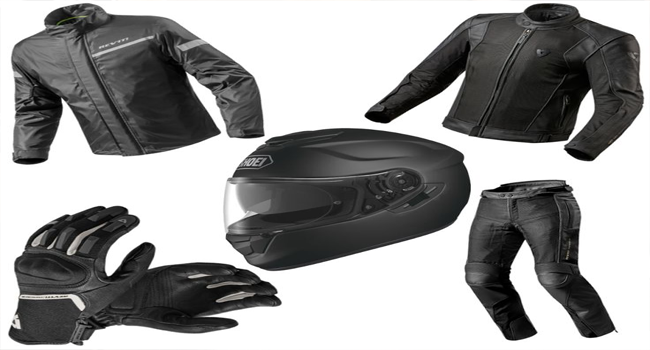
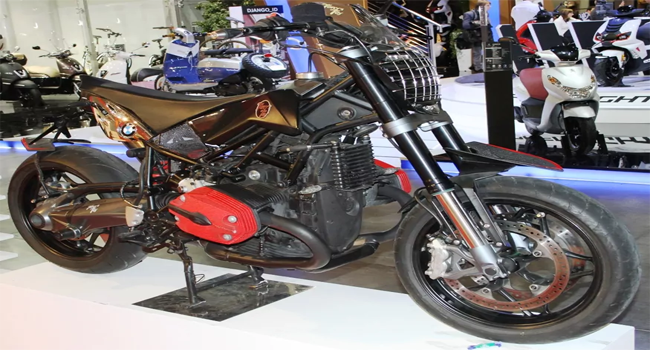
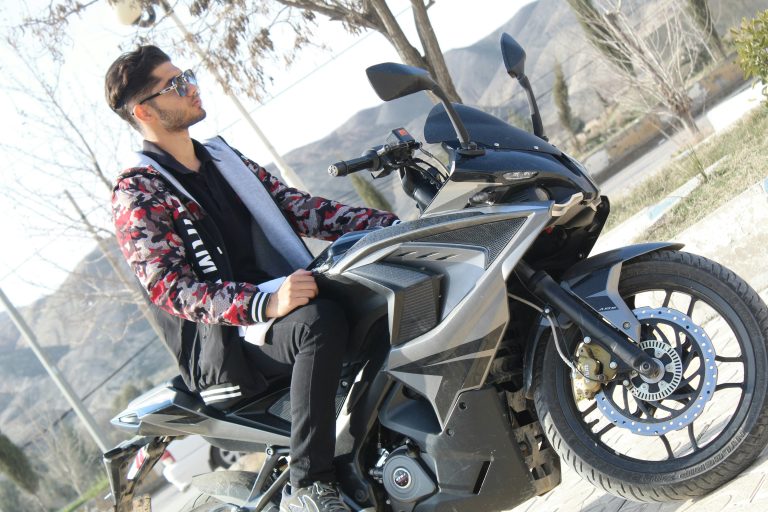
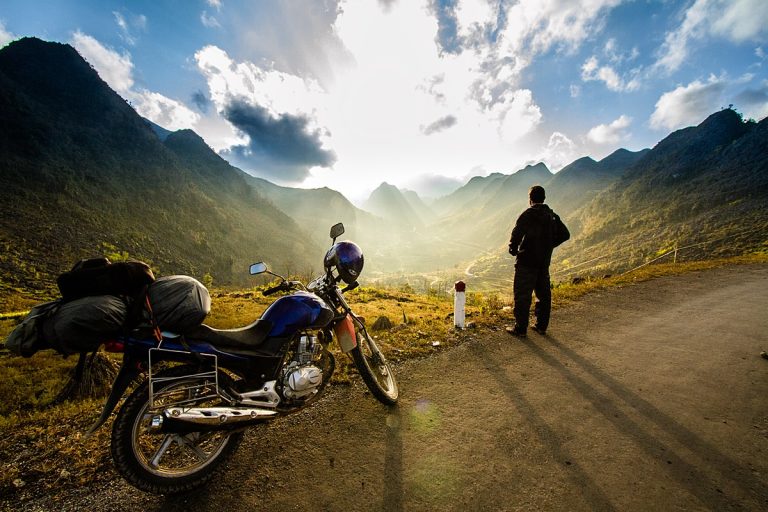
+ There are no comments
Add yours